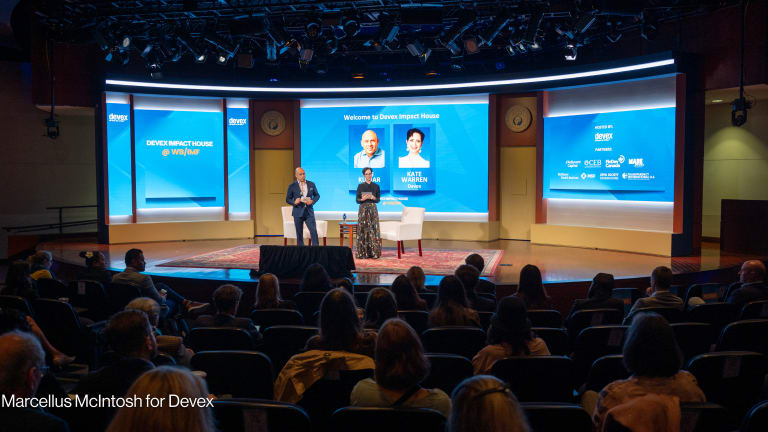International social entrepreneurship, once the province of a few grant-making organizations, has grown during the past decade into a vast enterprise, populated by nonprofits and profit-making enterprises alike.
Social venture capital firms such as Calvert Investments and the Acumen Fund are investing in startup businesses across the globe that, in addition to turning a profit, are aimed at alleviating poverty, combating disease and building up local markets. Standard investment companies are spinning off social investment and sustainable investment divisions. Corporations are devoting more and resources to corporate social responsibility programs. And even the White House and government agencies around the world have launched offices for social innovation.
Take Echoing Green, a group that has handed out about $300 million to 500 entrepreneurs in the past quarter decade. Before 2007, it had only funded two for-profit enterprises. Now, more than half the organization’s fellows are building for-profit or hybrid enterprises, said Lara Galinsky, Echoing Green’s senior vice president.








